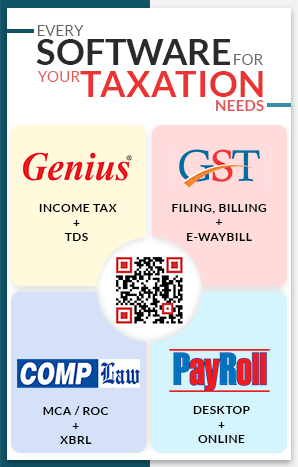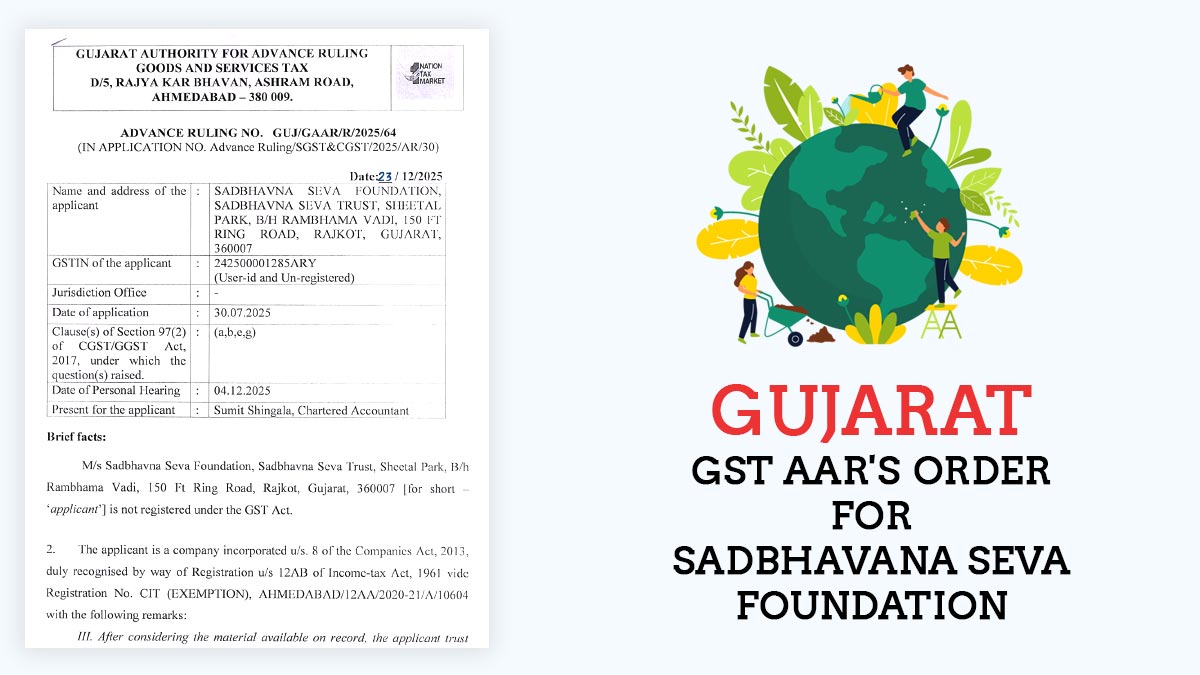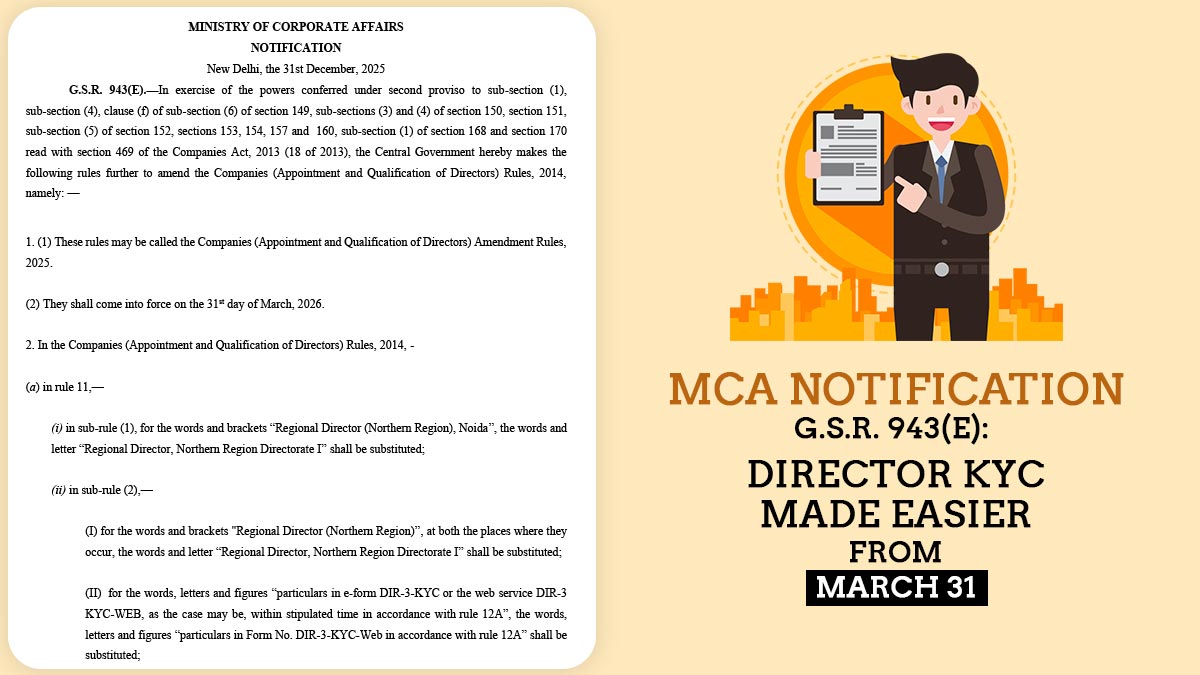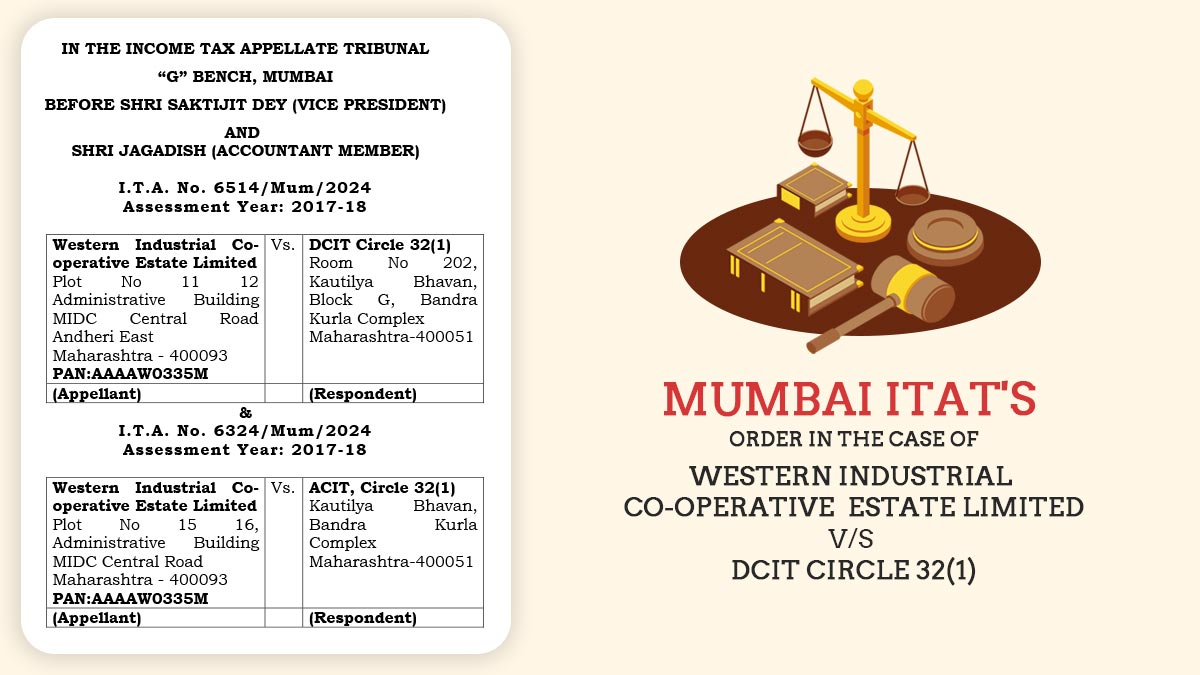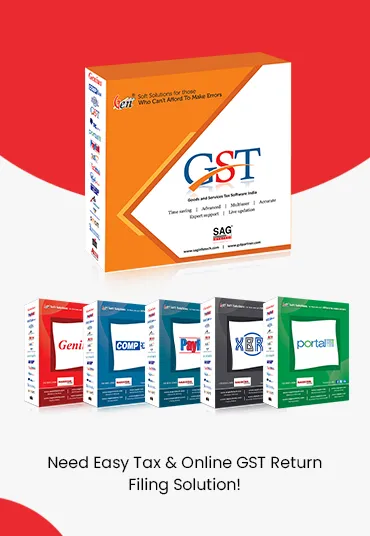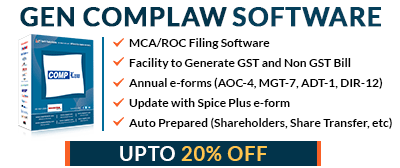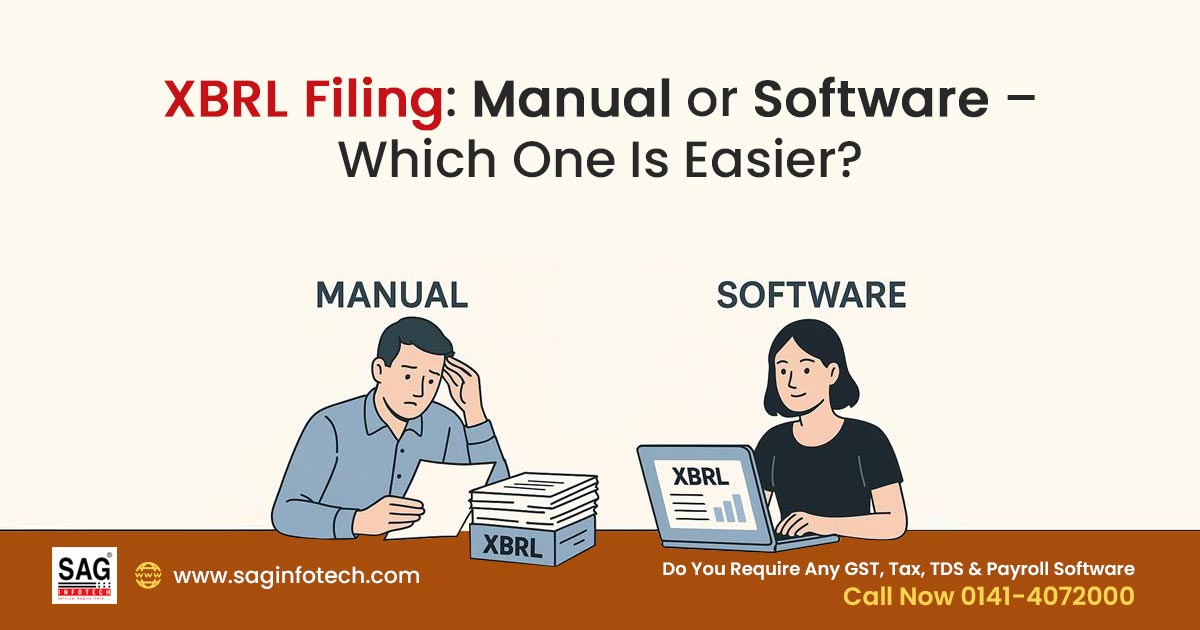
In this era, being efficient with time and money is so crucial, particularly when it is the question of following norms. In India, filing financial information with the Ministry of Corporate Affairs (MCA) is a major condition for many companies.
The same must be performed in a specific format known as XBRL (eXtensible Business Reporting Language). Businesses have the option of using special XBRL software or filing the information manually. The same decision influences the duration of the process and its costs. Both options are explained below, which specifies the effective one of these two.
What XBRL Stands For and Why It is Important?
XBRL is a standardised digital language that facilitates the sharing of financial and business information electronically. The accuracy and clarity of business reports shall be improved through this, which supports everyone in comprehending them better.
Companies in India need to file their financial statements in XBRL format with the Ministry of Corporate Affairs (MCA), which streamlines the way information is organised and analysed. XBRL software has many benefits; the way a company prepares and submits its reports, whether manually or using special software, can impact the process.
Manual Filing: The Traditional Route
Manual filing is directed to creating specific financial documents called XBRL using templates given by the government, often in Excel or simple tools, and then uploading the same to an online portal. Initially, it seems to be an effective way to save money as there is no need for you to buy any special software. But various disadvantages are there in the same method-
Time-Consuming Procedure: Manual tagging of financial data could take much time and is a complex task, particularly for large organisations with complex reports.
Higher Risk of Errors: There is a chance of formatting mistakes, incorrect taxonomy usage, or data inconsistencies when there is no automation, which leads to filing rejections.
Limited Functionality: The tools of the government do not have the advanced features like automated validation, bulk processing, or template reuse, making repeated tasks burdensome.
Reliance on Skilled Professionals: Expert skills in manual filing are required for both financial reporting and XBRL standards, which leads to increased hiring or consulting costs.
XBRL Software: A Smarter Solution
While a dedicated XBRL software is made to ease the filing process. These solutions propose built-in tools, automated tagging, real-time validation, and seamless integration with accounting platforms. Here’s how they offer a competitive edge:
Time Efficiency: The time consumption on data entry and review shall also be reduced under the automated processes. The hours of manual work shall be reduced under the features of predefined templates and auto-tagging.
Cost-Effective in the Long Run: In the software, there is an initial investment, the time saved, and a reduction in filing errors often has the outcome in cost savings over time.
Enhanced Accuracy and Compliance: XBRL software comprises validation checks and compliance reminders to ensure that all filings fulfil MCA guidelines. It lessens the chances of penalties or rework.
User-Friendly Interface: The Majority of XBRL tools are developed with user experience, allowing even non-technical users to prepare reports.
Support and Updates: Customer support, regular updates, and upgrades to stay compliant with changing regulations have been proposed under the reputed XBRL Software.
Closure: A manual filing operation looks like a cost-effective option, but it is prone to inefficiencies, human errors, and higher long-term costs. While XBRL software requires an upfront investment, it offers significant value by facilitating the process, reducing errors, and ensuring faster compliance.
Choosing the option of XBRL software is an effective move for companies desiring to stay updated in compliance without overburdening their teams. It saves time and money and ensures peace of mind for statutory liabilities.



